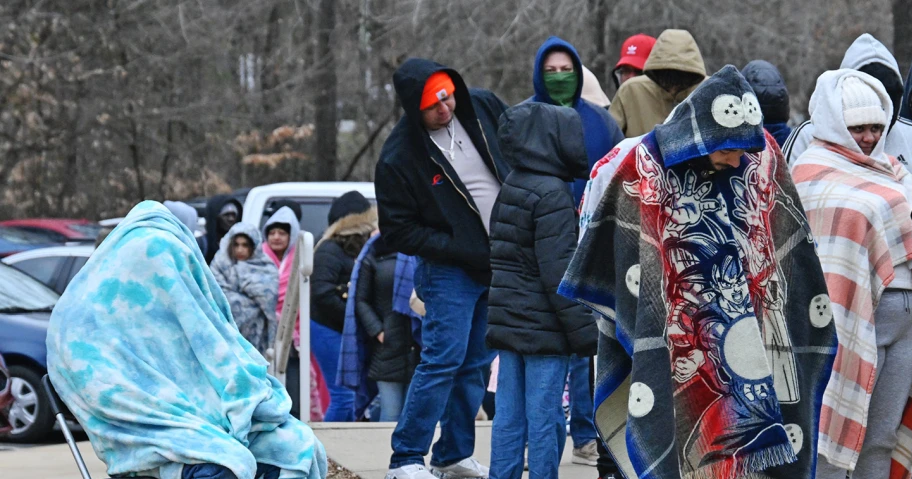Immigration raids that were expected to target major sanctuary cities immediately after President Donald Trump’s inauguration had largely failed to materialize as of Tuesday evening.
But after Trump signed a raft of executive orders relating to border security on his first day in office, the administration began setting groundwork for further immigration actions.
The Department of Homeland Security said Tuesday it was ending a policy that restricted Immigration and Customs Enforcement agents’ ability to arrest undocumented people at or near so-called sensitive locations, including houses of worship, schools and hospitals.
NBC News reported last month that the Trump administration would roll back the restriction, which had been in place since the Obama administration. It was continued during the first Trump administration and expanded by the Biden administration to include areas like domestic violence and disaster relief shelters. The restriction discouraged immigration actions from those areas without approval from supervisors in the interest of public safety.
“Criminals will no longer be able to hide in America’s schools and churches to avoid arrest. The Trump Administration will not tie the hands of our brave law enforcement, and instead trusts them to use common sense,” DHS said in a statement announcing the decision Tuesday.
Whether and how that will play out in major sanctuary cities like Chicago is yet to be seen.
“It’s a lot of rhetoric designed to fear and terrorize people, especially immigrants,” said the Rev. Beth Brown of Lincoln Park Presbyterian Church in Chicago. “If they don’t have a signed judicial warrant, they still cannot enter church buildings or faith community buildings, because it’s not just churches — it’s all houses of worship.”
DHS also officially reinstated Migrant Protection Protocols, or what was commonly known as the “Remain in Mexico” policy, which had asylum-seekers wait in Mexico until they were scheduled to appear before immigration judges in the United States.
Mexican Foreign Minister Juan Ramón de la Fuente said the United States made the decision to reinstate Remain in Mexico “unilaterally” and that it was not part of an agreement with Mexico.
Mexican President Claudia Sheinbaum told reporters Tuesday that Mexico has its “own migratory policies” and will engage in future discussions with U.S. agencies about the matter.
Will there be ICE raids?
Trump’s border czar, Tom Homan, told Fox News on Tuesday that there would be “targeted enforcement action,” which is similar to what ICE already does throughout the country every day. NBC News asked Homan how those operations would be different.
“We have more people assigned to the mission,” he said. He declined to say how many people had been assigned.
Where could they be?
While the Trump administration has not said where the first raids will take place, officials familiar with discussions about possible targets say they will be arresting migrants in major metropolitan cities first. Some of the locations under consideration include the Washington, D.C., area, Denver, Los Angeles, Chicago and New York.
What’s next for Trump’s promises of mass deportation?
Trump will most likely have to secure more funding from Congress to make good on his promises for mass deportations. He pledged in his inaugural address to deport “millions and millions” of immigrants back to their home countries. But ICE is already short $230 million to fund its current level of deportations, which removed over 230,000 migrants last year.
In his Day One executive orders, Trump declared a national emergency and ordered the military to help expand detention space and help transport migrants to use Defense Department funding on deportations.
Kailani Koenig and Natalie Obregon contributed.





